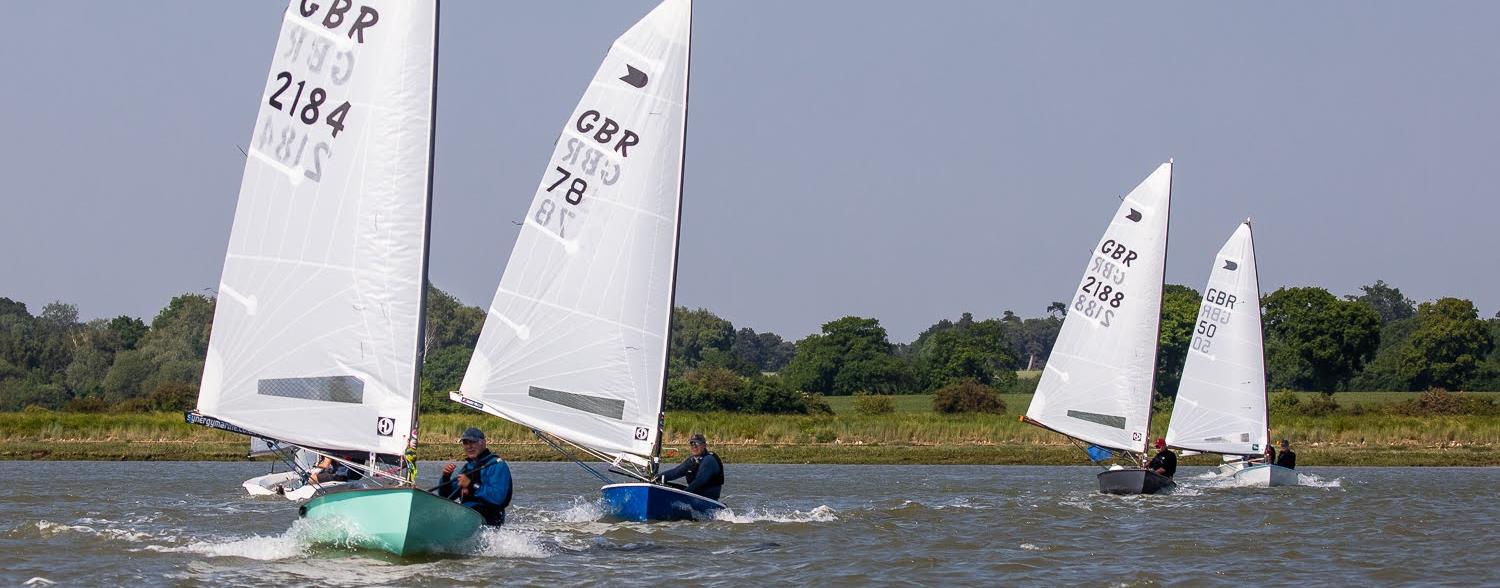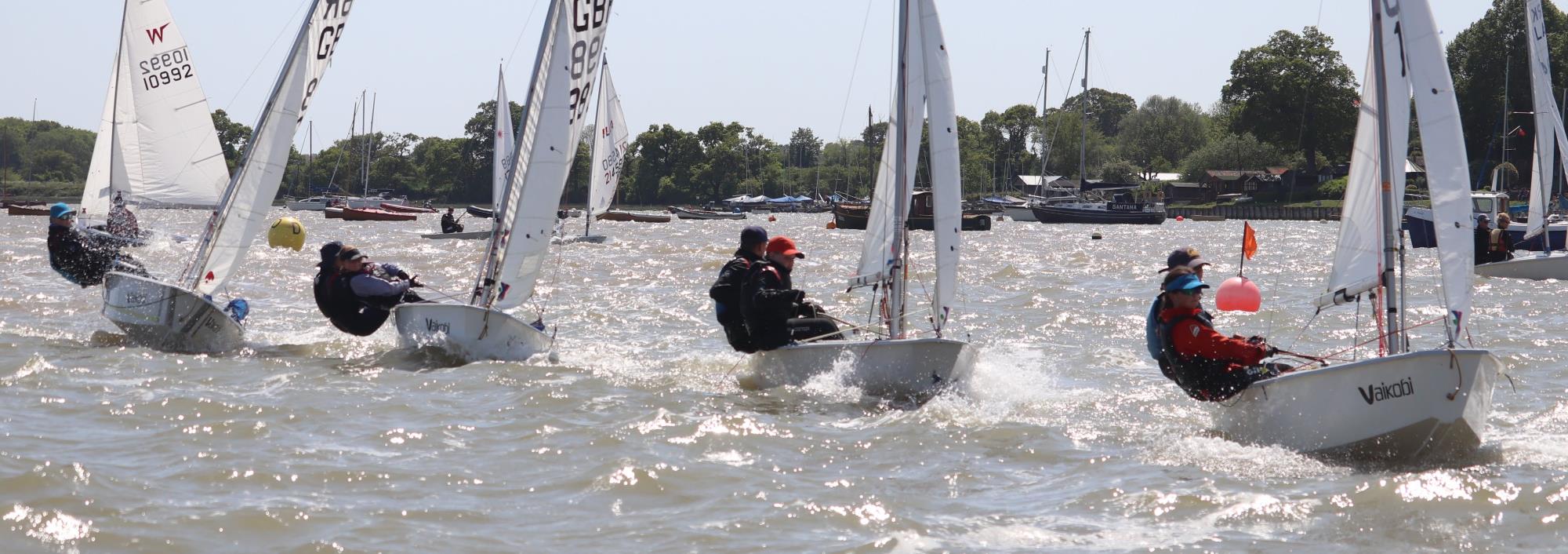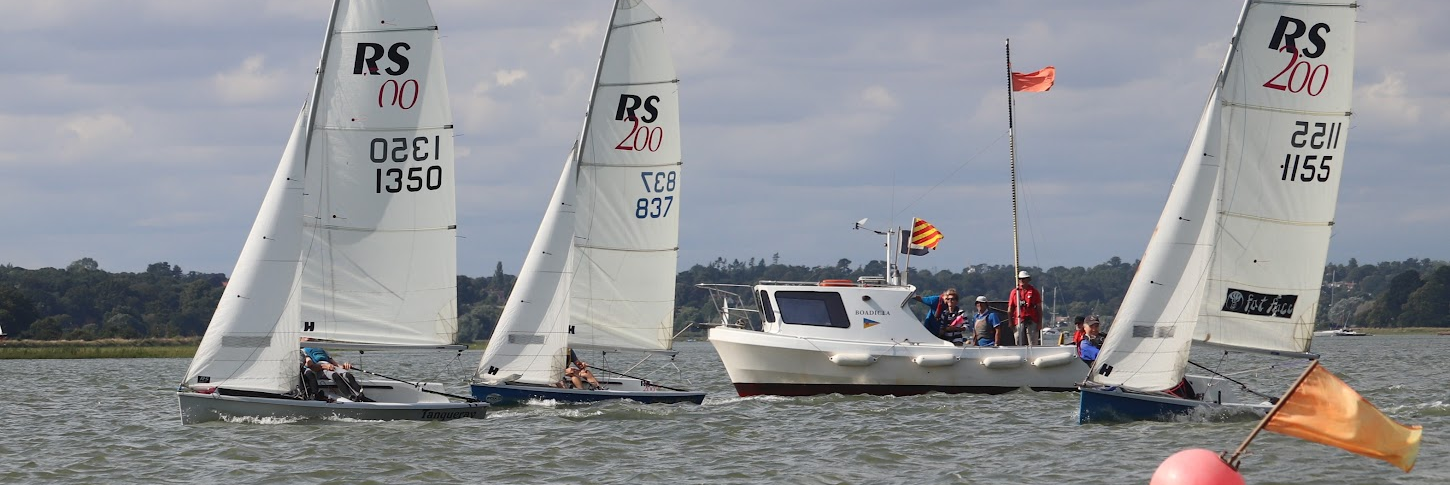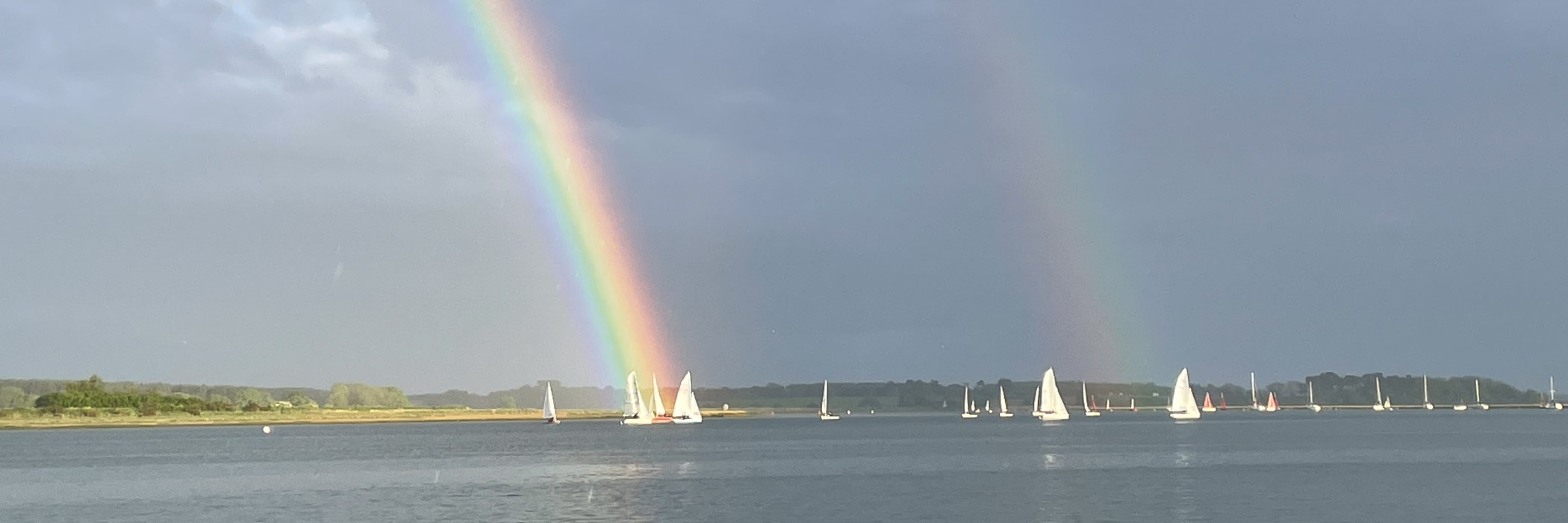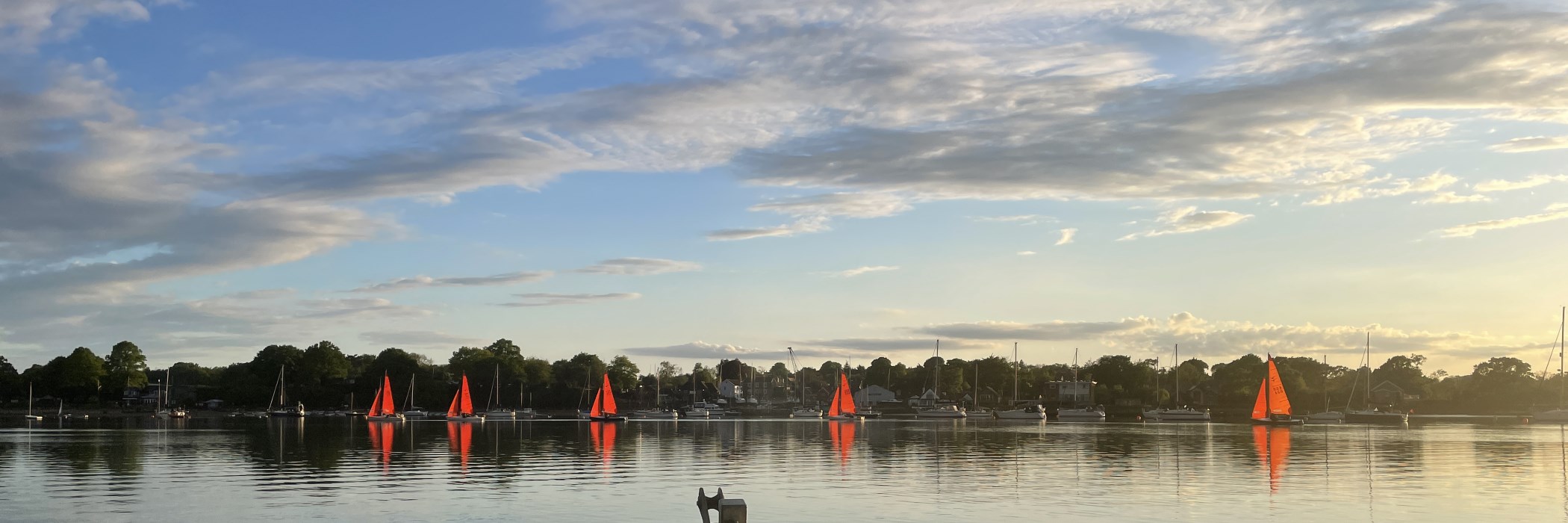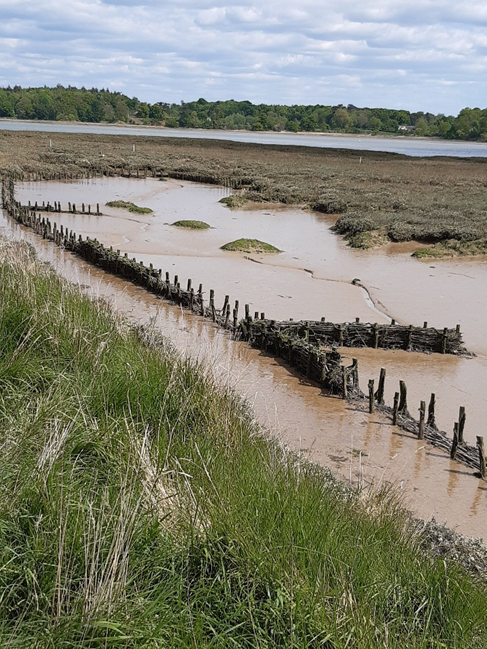The Deben Estuary
Waldringfield Sailing Club is located on the river Deben, a tidal river of outstanding beauty.
“The Deben Estuary is a Special Protection Area and Ramsar Site and within the Suffolk Coast and Heaths Area of Outstanding Natural Beauty. Its significance arises from its over-wintering population of avocets (Recurvirostra avosetta). The estuary features shifting sandbanks. Plant life is dominated by the common reed (Phragmites australis). The salt marsh and intertidal mud-flats that occupy most of the area have the widest range of salt marsh flora in Suffolk.” (Source: Wikipedia)

We are very fortunate that the river Deben is designated as being of international importance for wintering birds and has national protection for both breeding and wintering birds. We have brent geese, redshanks, curlews, avocets and lapwings, to name but a few.
In order to protect our wonderful estuarine environment and its wildlife, please look at the maps linked here to see which are the most sensitive wildlife areas to avoid.

“Both the river-name and the name of the village of Debenham are of uncertain origin, but one theory (of several on offer) is that the river’s name was originally Dēope meaning ‘the deep one’. The river-name, however, is not recorded in the form Deben before 1735, when it appears thus in Kirby’s Suffolk Traveller. The river, though still little more than a stream, is forded twice in the village, with one ford claimed to be among the longest in England.”
Wildlife on the Deben
Check our page about all the different bird species you could spot on the Deben!
The Waldringfield stretch of this tidal river estuary is home to a rich diversity of wildlife with important areas of salt marsh, mudflats and grassland including habitats for many species of plants, birds and mammals. The river has been designated a Special Protection Area (SPA), ‘Ramsar’ site and Site of Special Scientific Interest (SSSI) within the Suffolk Coast and Heaths Area of Outstanding Natural Beauty (AONB).
Attitudes to the environment have changed much in the last 100 years. The village has had an active wildlife group for many years and more recently, an environmental group known as ‘Greener Waldringfield’, a combined resource for local wildlife, gardening and other groups and individuals who share an interest in the environment and sustainability.
Many bird species can be found on the river as the saltmarsh provides rich feeding grounds for residents as well as overwintering and occasional visitors. The wildlife group keeps an eye on these and report the more unusual sightings. Buzzards and Marsh Harriers can often be seen and heard over the river and surrounding fields as well as flocks of Canada and Brent geese (and the occasional Egyptian Goose). Red Kites are also returning to the area. Barn Owls hunt over river edges and saltmarsh and are encouraged to nest by the installation of Owl boxes although these are sometimes commandeered by Jackdaws. Swifts are returning again encouraged by locals, many of whom have also installed Swift boxes. Nightingales are now regularly heard in full voice, with barking Muntjac deer and foxes. Badgers have become bolder with reports of them invading gardens at night. Little Egrets, Redshanks and Herons patrol the dykes and shallows, and Water Voles and Kingfishers frequent the new scrapes and foreshore. The river walls now make an excellent place from which to view these creatures and marvel at the variety of species now thriving in this area.
In the 19c Otters were seen regularly before disappearing for many years. They are beginning to reappear now and the occasional few are lucky to catch sight of them. Today the seals who have moved into the river are generally viewed with delight (though not necessarily by fishermen). At the end of the1800s a 5’ shark was even seen at Waldringfield.
Fishing has always taken place on the Deben, either for its challenge and interest or as an economic necessity. A variety of different methods have been used from fish traps to nets or lines. During WW2 some soldiers even used explosives to catch fish but this is not seen as acceptable today. Mussel and Cockle beds have also been used on and off over the years by residents on either side of the river. Salmon and Sea Trout were also regularly seen running in the river until WW2.
Shooting of Rabbit, Pheasant and wildfowl is also a regular pastime along the river banks and used to be a way of subsidising the larders of many local village residents. According to (Eastern IFCA Finfish Report 2014), river fish stocks remain in a fragile position probably due to pollution and global warming but also possible changes to the saltmarshes which are important feeding grounds for young Bass and Mullet.
After the flooding in 2013, the river wall was upgraded and in 2016, as a final phase in their three year programme of procuring improved flood defences for Waldringfield, the Waldringfield Flood Defence Group (WFDG) commissioned works involving the restoration of an area of fringing saltmarsh owned by Crown Estates and stretching over a length of 1 km immediately north of the village. This completed work with low level polder fence work constructed from driven chestnut stakes supporting strapped bundles of hazel faggots is now visible when the tide is right.
The saltmarsh defences at Waldringfield in 2020. Photo A. Videlo
There is now a brick flood defence wall around the properties on the Quay and a gate across the slipway. The flood wardens keep a close eye on warnings issued by the Environment Agency and react if called upon. The warnings are far more accurate in these days of computer modelling and there are fewer false alarms. These improvements keep the water back, but the area on which the beach huts lie is less valuable and remains unprotected. This seems to be flooding on a more regular basis due to regular tidal surges. The remainder of the river wall, north of the village, was raised using clay and mud extracted from a scrape behind the wall thereby creating the wildlife reserve named in honour of Rev John Waller. This was a dream of his during his lifetime.
Each year the warmer summer weather brings with it an influx of visitors from further afield and, as in many popular tourist destinations, problems have been known to arise with increased use of rubbish bins and discarded crabbing lines on the beach. The saltmarsh is a valuable but fragile resource which has come under more pressure especially during the recent Covid pandemic. Nevertheless, perhaps recognising their good fortune to live in such a beautiful place, many local people work hard to ensure that the village remains litter free and pleasant for visitors to enjoy. The verges are planted with bulbs and wild flowers by members of the community and volunteers from Greener Waldringfield organise litter picks three times a year which are sometimes assisted by children from the popular village school.
Despite everything, the River Deben remains ever-changing and captivating; a source of enjoyment and comfort to many. It is hoped that future generations will also be inspired to protect this area as it comes under even more pressure from human activity.
The Deben Soundings Project
The research project “Deben Soundings”: https://debensoundings.wordpress.com . is being conducted by Coastal Scientist, Professor Helene Burningham, UCL and Simon Read, Associate Professor of Fine Art, Middlesex University, to explore ways in which they can encourage broader community engagement in questions over the management and decision making for the Deben Estuary. A part of this activity is a series of short walks at specific locations on the Deben for a limited number of interested participants with input from individuals with specialist knowledge and expertise. Since the easing up of strict covid precautions, they have been able run two events: the first was at Bawdsey with input by Helene and David Kemp for all participants at the Boathouse Cafe and the second was a walk between Ramsholt and Shottisham Creek, with commentary by David Kemp, shingle Knolls upon estuary processes, Neil Lister, SC&H AONB Unit and Dominique Dyball, Bawdsey Estate. You will find an account of both events on our website: https://debensoundings.wordpress.com/2022/01/04/big-skies-and-intimate-landscapes/ and: https://debensoundings.wordpress.com/2021/11/01/the-tail-that-wags-the-dog%ef%bf%bc/


